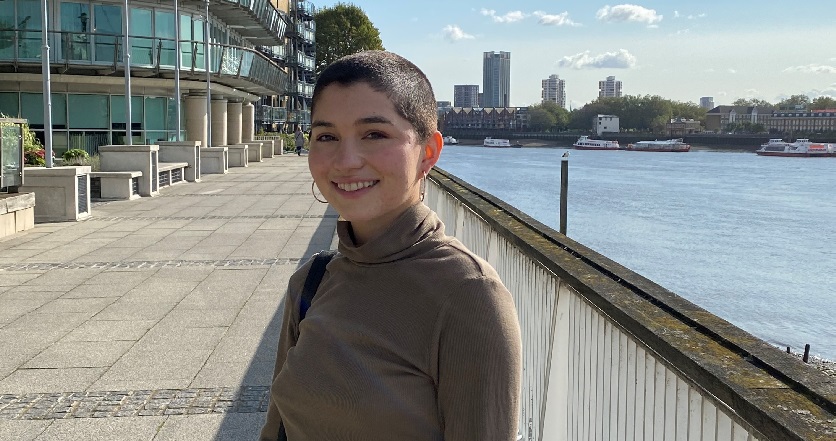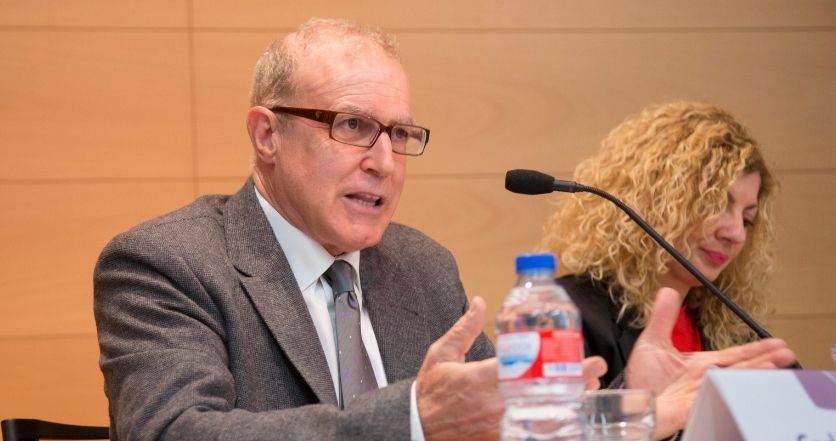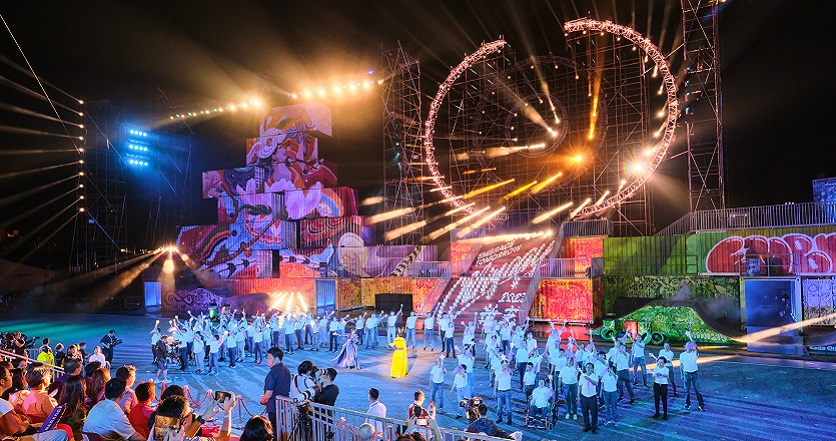Iceland’s Pursuit of Gender Equality: A Conversation with Prime Minister Katrín Jakobsdóttir
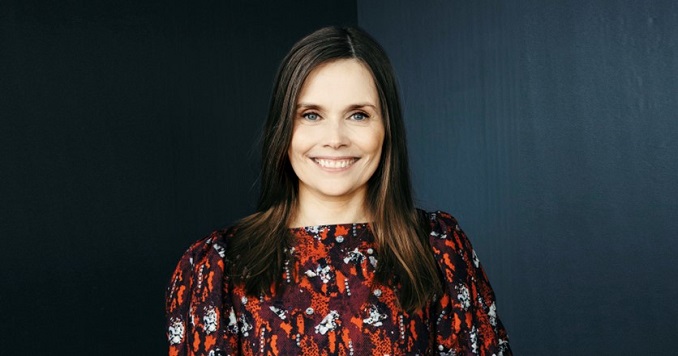
Former Icelandic Prime Minister Katrín Jakobsdóttir, the second woman to hold this position in the country, from 2017 to 2024, shares insights into Iceland’s pursuit of gender equality in an interview with the Soka Gakkai’s Seikyo Shimbun daily newspaper in January 2024. According to the World Economic Forum’s Gender Gap Index, since 2009, Iceland has remained the country with the smallest gender gap in the world for 14 consecutive years.
Women’s Day Off—Striking to Change History
Iceland is known as the world’s most gender-equal country. What has been the driving force behind advancing gender equality?
Iceland is said to have the smallest gender gap, but I believe we have not yet achieved complete gender equality. Nevertheless, women here have fought for their rights over a period of time that spans decades and centuries, and the current state of affairs is the result of that fight.
A significant turning point was an event that occurred on October 24, 1975, the year before I was born. On this day, a women’s strike took place in which 90 percent of Icelandic women participated.
Women left their workplaces, stating they were doing so because they were not getting paid the same amount as men, and they refused to work or do housework.
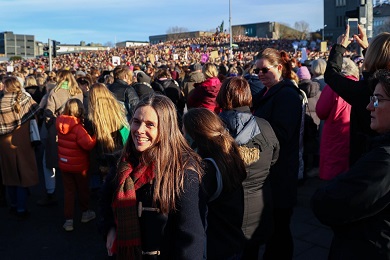
This day came to be known as “Women’s Day Off,” and similar strikes have been held many times since then. Last year, approximately 100,000 women turned out for Women’s Day Off. The women’s strike is a good example of how women in Iceland have been fighting for gender equality over decades and taking radical action toward it. Through such actions, gender equality has deeply rooted awareness in Iceland.
Another catalyst for women’s social advancement and the promotion of gender equality was the implementation of two systems, examples of structural changes that have been made to ensure more gender equality.
In the 1980s, the “kindergarten for all children” policy was implemented. This allowed children between the ages of 2 and 6 to receive unconditional childcare at kindergartens so that women could participate in the labor market.
Additionally, in the year 2000, parliament passed a new law—the Icelandic Act on Maternity/Paternity and Parental Leave—and fathers began to take parental leave. This act reserved part of the parental leave quota for fathers and has led to what we refer to as “shared parental leave.”
Shared Parental Leave—Use It or Lose It
Could you tell us more about shared parental leave?
In the past, if only the mother took parental leave, it was limited to six months. However, the parental leave act stipulated that if both the mother and the father each took three months leave, an additional three-month period would be granted and could be used by either parent.
In other words, if the father took parental leave, the total amount of leave would be extended. This “use it or lose it” system created a consciousness within society that unless both parents take parental leave, they lose out. Currently, both mothers and fathers are granted a nontransferable six months of parental leave each, with an additional six weeks that parents can share and take at any time. During parental leave, 80 percent of the salary is provided by the government. Today, over 90 percent of fathers take parental leave.
Women in Politics—The Quota System
It wasn’t until the 1980s that women really entered national politics and the landscape of Icelandic politics changed dramatically. How did that come about?
In 1982, an all-women’s political party began to emerge. At that time, there were only three women in a parliament of 60 representatives. The Women’s Alliance was founded in 1983, aiming to liberate women and increase the representation of women in politics. At the time, only 5% of the parliament members were women. However, after the Women’s Alliance’s debut in the election, the percentage rose to 15%.
When this all-women’s party entered a male-dominated parliament, the other political parties began to consider how they could have more female MPs. Initially considered eccentric and radical, the Women’s Alliance, which was in existence for 16 years, left a lasting footprint on Icelandic politics.
Moreover, in 2010, amendments to the Acts on Public Limited Companies and Private Limited Companies included a gender quota. This quota mandates that 40% or more of corporate executives and public committee members must be women.
This has established the expectation of female leadership throughout society, significantly influencing not only businesses but also politics. Although not required by law, many political parties have voluntarily taken up this idea and have adopted a gender quota system. As of 2023, women account for 47.6% of MPs.
Parenting Is Teamwork—Benefits All
You are also a mother of three children. How have you benefited from the parental leave system?
When I was first elected as a member of parliament, I was pregnant with my second son. Therefore, just after taking office, I took parental leave.
In 2009, I became the Minister of Education, Culture and Research and in 2011 had my youngest child. Once again, I took parental leave.
At that time, there were a lot of people who thought it was not good for a minister to take parental leave.
But I thought it was extremely important that if we have the system of shared parental leave everybody uses it—ministers, managers and people with the highest salaries too—because it is a system that should work for everyone and not be limited to specific sections of society.
After taking four months maternity leave, I returned to my ministerial duties. Still many people thought it was not possible to be both a minister and the mother of a very young child. I wanted to prove that it is absolutely possible.
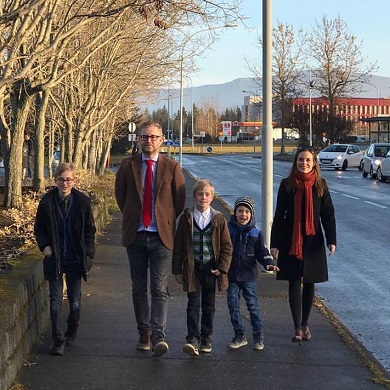
In my opinion, the reason we have this system is first and foremost because we don’t want people to have to choose between having a family and having a career. Today, dual-income households are common, and we all want to balance both family and work.
And of course, I have a supportive husband who has been ready to take on the responsibility of being a father, which is very much I think actually what we experience here in Iceland now that the system of shared parental leave has been in place for more than 20 years.
Various research studies have shown that Icelandic fathers are actually very happy about their paternal role. It means that they have a more active role in their children’s lives, even after parental leave, because it really is about the formation of strong father-child relationships. So, parental leave is not just for women, it’s also for men.
Eliminating Gender Wage Gaps—Towards Pay Equity
When the Equal Pay Certification legislation was passed in 2017, Iceland became the first country in the world to legally enforce equal pay for men and women. Why did you think this was such an important piece of legislation?
Iceland already had a law dating back to the 1960s mandating equal pay for men and women, but still we haven’t realized equal pay. Just before I assumed the role of prime minister, the world’s first Equal Pay Certification legislation was passed in parliament. Implementing this new law, which came into effect in January 2018, became my responsibility.
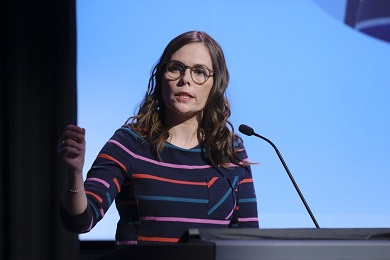
Under Equal Pay Certification, companies or organizations with 25 or more employees must prove that they pay equal wages to men and women performing the same job. If employers cannot obtain certification, fines are imposed.
Now, we are actually working on a new program, which is about pay equity, wage fairness and eliminating wage gaps. It is a pilot project that aims to identify occupations traditionally dominated by women, which are often paid less, and those predominantly held by men. A classic example is the financial markets, where men are the majority, compared to the field of nursing where women are predominant.
The project aims to identify occupations that require large responsibility, capabilities, skills and education but are still underpaid compared to other jobs.
Well-Being Economy—People’s Happiness First
You have been working toward the realization of a “well-being economy” in relation to gender equality. Could you share your vision for the future?
The well-being economy agenda aims to build a society with people’s happiness as the foundation rather than economic metrics alone. Indicators for measuring economic growth include Gross Domestic Product (GDP), inflation and interest rates, to name a few. However, in addition to these, we also need to measure people’s health and well-being. Listening to people is crucial. Are people satisfied with their lives? Do they have safe housing? Can they easily access medical services? Have they received the education they need? Are they enjoying what culture has to offer?
Environmental indicators should also be emphasized. How much waste is actually being recycled? What is the situation with pollution and greenhouse gas emissions?
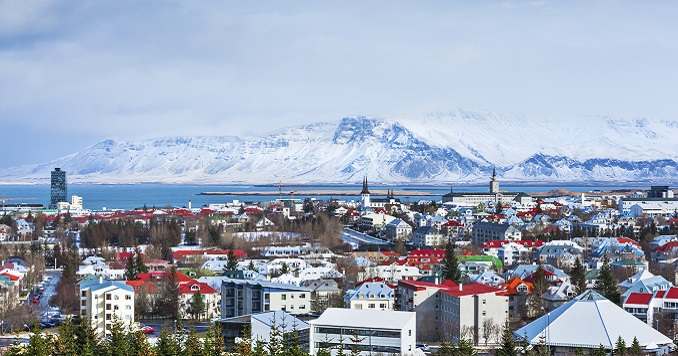
The achievement of gender equality is essential in constructing a society in which people can live happily.
Above all, the achievement of gender equality is essential in constructing a society in which people can live happily.
Actualizing a well-being economy is a long-term project, and it is therefore politically challenging. In order to be re-elected, politicians generally try to achieve results in the short-term.
I hope that we will see the values of a well-being economy become ingrained in the Icelandic administration.
In one word, what does gender equality mean to you?
The right thing to do.





